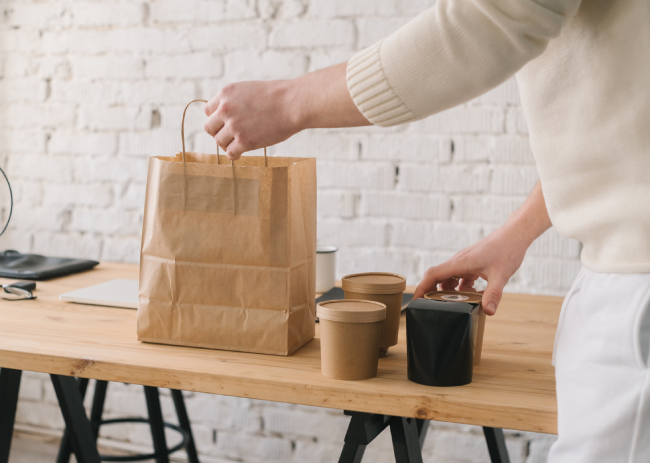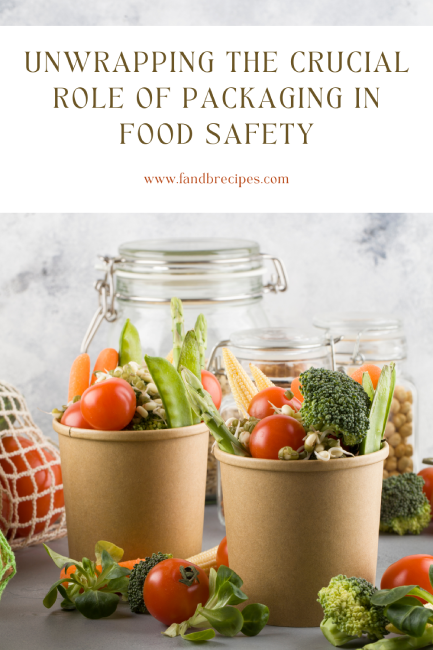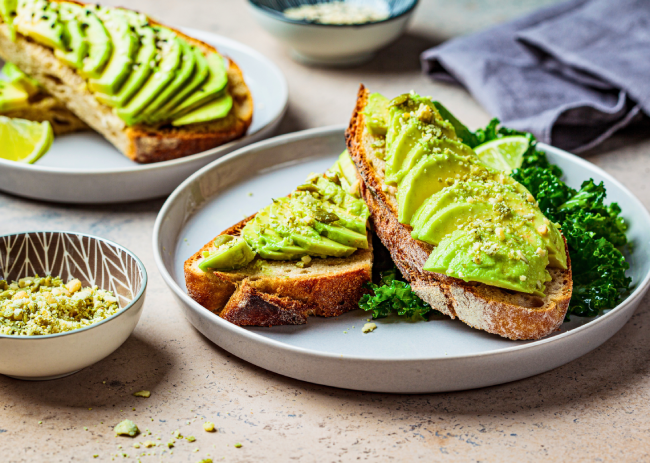Unwrapping The Crucial Role Of Packaging In Food Safety
Packaging is an important component of every food product, whether it’s a small snack or a large meal. Any type of packaging should be able to protect its content from contamination, as well as give easy access to the user. Food packaging can be made from different materials, such as paper, metal, glass, and plastic, which are the most common.
However, packaging material shouldn’t be the only concern. Errors in packaging must be taken seriously, too, as these won’t only affect your business reputation, but they may also jeopardize your consumers’ health and well-being. For more information on packaging mistakes that businesses must avoid, you may read online resources such as https://www.tdipacksys.com/blog/have-best-product-packaging-avoiding-3-common-mistakes/.
How crucial is packaging in terms of food safety? Here are some facts you need to know:
#1. Packaging Can Aid In Preventing Allergic Reactions
Packaging can help prevent allergic reactions by making sure that allergen-free zones are respected, especially in restaurants where allergens may be present on shared surfaces or utensils.
Furthermore, packaging must not contain dust particles and other irritating elements that may trigger an allergic reaction down the line. Sometimes, people may suffer from allergies, characterized by symptoms such as hives, by simply getting into contact with certain types of packaging, like cardboard boxes or paper bags.
Food packaging materials themselves don’t often contain any kind of chemical that could trigger allergies. However, sometimes, they might come into contact with other products containing certain allergens, especially during the shipping process. That’s why packages must be monitored closely while in transit.
#2. Packaging Protects Food Against Physical Damage
One of the main reasons packaging is used is to protect food items from physical damage, especially fresh produce. When the outer layers of fruits and vegetables get bruised or broken, it becomes easier for harmful microorganisms to enter these goods, easily leading to contamination and spoilage. Also, in the case of canned goods, improper or dented packaging would make it easier for natural elements, such as light and air, as well as microorganisms, to penetrate them, affecting their quality and safety. Such issues are common among food items being shipped over long distances.
The most common types of packaging used to ensure food safety while in transit are paperboard and corrugated fiber boxes. These are lightweight, flexible, yet tough, making them convenient for shipping purposes. Prototyping your design is essential to ensure that the packaging not only meets functional requirements but also maintains food safety standards throughout its lifecycle.
#3. Food Packaging Protects Its Content From Contamination
Packaging is designed to protect food items from external contaminants, namely bacteria, viruses, and parasites. These can cause airborne illnesses, such as salmonellosis (caused by salmonella) and E. coli infection, among many others. Food products prone to such types of contamination include unpasteurized fruit juices and milk, raw eggs and meat, as well as fruits and vegetables that may have come into contact with unclean water and animal manure.
Luckily, many types of food packaging these days are equipped with antimicrobial agents. Such agents help protect food items inside from becoming contaminated by any microorganisms.
#4. Packaging Can Extend The Shelf Life Of The Product And Prevent Spoilage
Food spoilage is a process that occurs naturally, making any food item unsuitable for human consumption. Furthermore, it’s usually characterized by altered colour, odour, taste, as well as texture.
The most common culprits of food spoilage include the following:
- Microorganisms: These can be anything from bacteria to moulds. They usually affect the smell and look of the food.
- Enzymes: Present in fruits and vegetables, enzymes are responsible for food ripening. However, as time passes, the fruit or vegetable will naturally overripen and, eventually, spoil.
- Temperature: It’s an external factor that often contributes to food spoilage. Most food types require to be stored within certain temperature ranges to ensure longevity.
- Air: This is another external factor that causes spoilage. When exposed to oxygen, certain food items restart the oxidation process, which causes natural spoilage.
Now that you know how food spoilage comes about, here are two food packaging processes that aim to delay spoilage and increase shelf life:
- Vacuum packaging: This refers to a process wherein you remove as much air as possible from the package, and then seal it afterwards so that the absolute minimum amount of air remains inside. The material of the packaging must also have low oxygen porosity. This method should only be used on food items that don’t need air to facilitate freshness, such as meat products.
- Canning: This is another tried and tested method of food preservation usually employed on fruits and vegetables. The canning process entails placing the food into jars or cans and heating them up to a predetermined temperature. The heating process does two things—destroy bacteria and render the enzymes that cause ripening inactive.
In Conclusion
Food packaging is often overlooked as a vital component of food safety. However, as is shown above, the proper use of packaging can be an important step in preventing foodborne illnesses, extending shelf life, and ensuring food safety. With technological advancements sprouting like mushrooms, one can only imagine the future innovations that would make food packing even safer for consumers.




